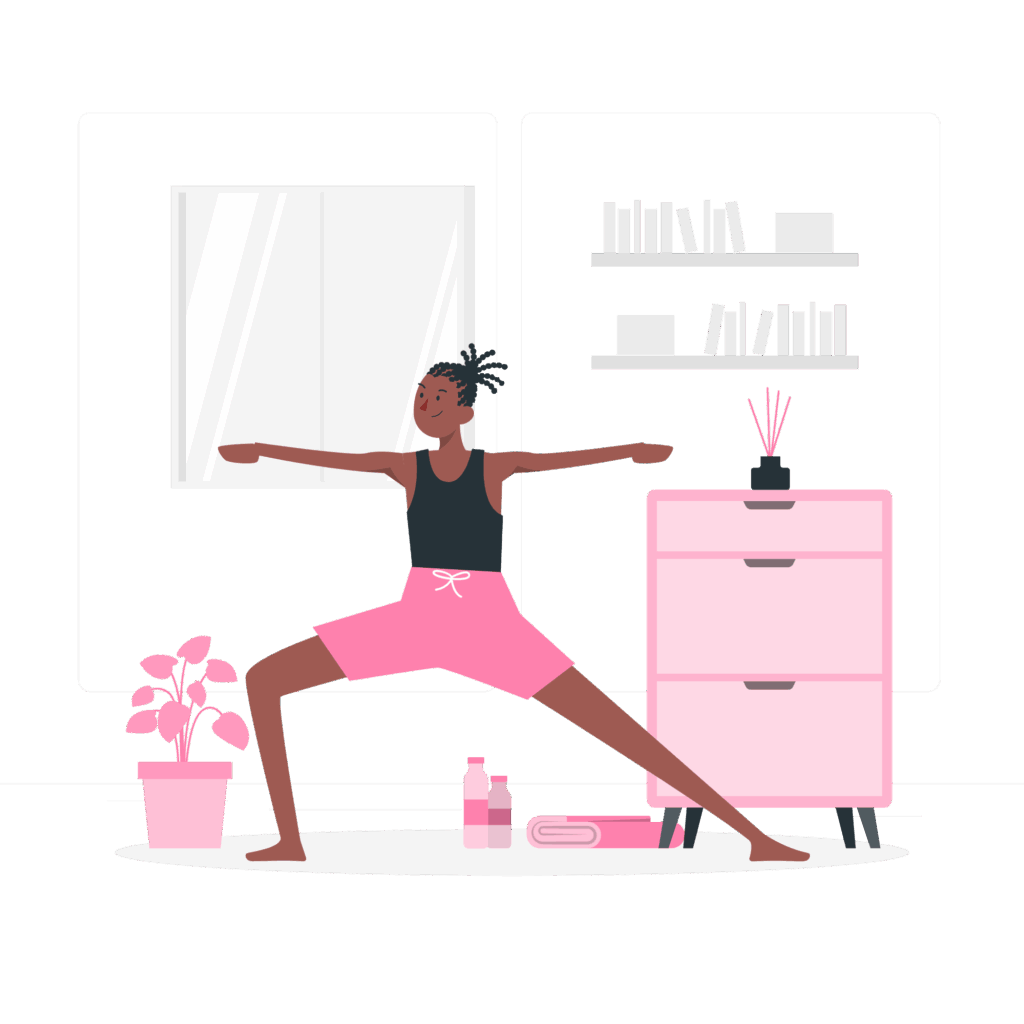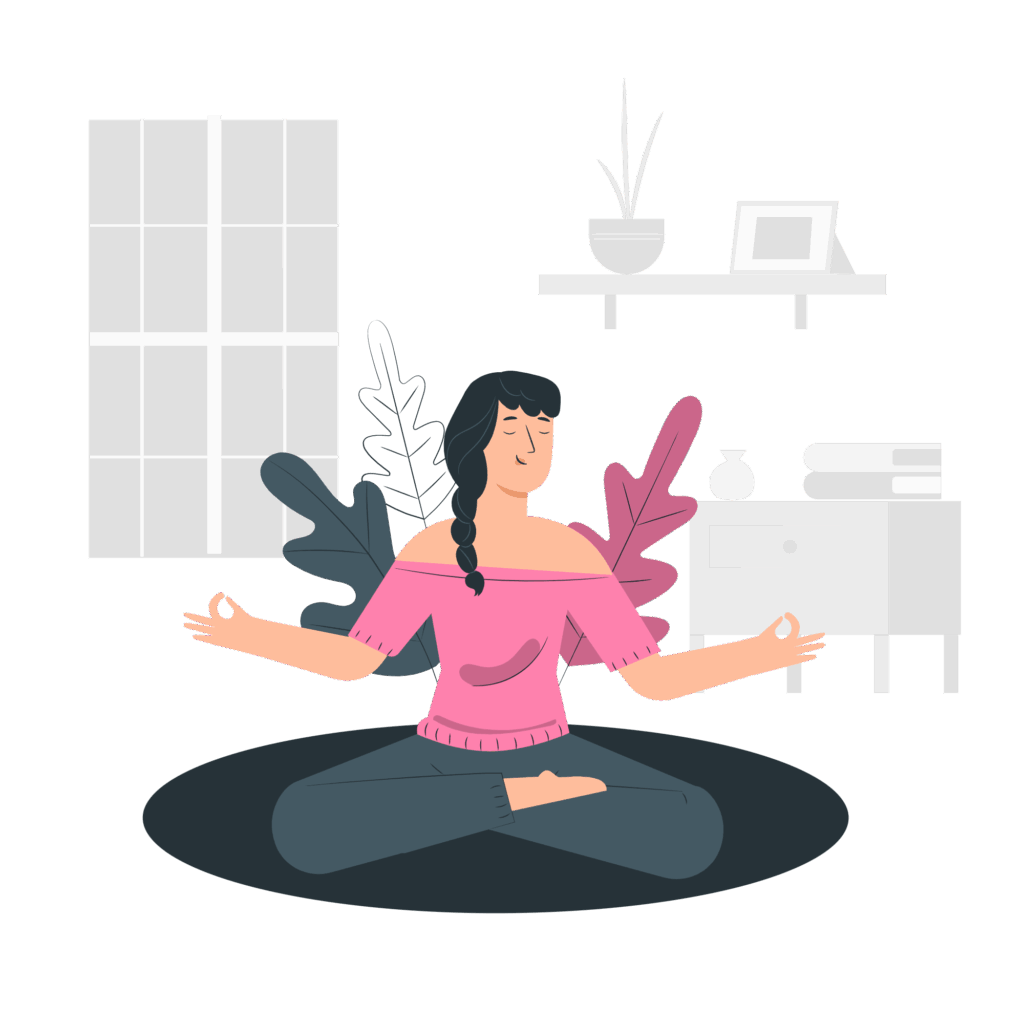Pregnancy is a transformative journey marked by significant physical and emotional changes. One of the best ways to stay balanced, relaxed, and physically strong during this time is through prenatal yoga. Practicing yoga while pregnant not only supports your body’s changes but also prepares you for a more mindful and empowered childbirth.
In this post, we’ll explore:
The benefits of yoga during pregnancy
Safe yoga poses for each trimester
Key precautions to follow
Breathing and relaxation techniques
Expert-backed tips for a safe and effective prenatal yoga practice
Benefits of Practicing Yoga During Pregnancy
Prenatal yoga has been widely studied and is considered one of the safest forms of exercise for pregnant women. Here’s how it benefits you and your baby:
1. Improves Flexibility and Muscle Tone
Gentle stretches and yoga poses help improve mobility, reduce stiffness, and tone key muscle groups such as the pelvic floor, back, and hips.
2. Enhances Blood Circulation
Prenatal yoga stimulates blood flow, reducing the risk of swelling (especially in the ankles and feet) and supporting healthy oxygen delivery to your baby.
3. Supports Better Posture
As your belly grows, your center of gravity shifts. Yoga strengthens your back, shoulders, and core, helping you maintain balance and avoid strain.
4. Relieves Common Pregnancy Discomforts
Backaches, nausea, headaches, insomnia, and heartburn are common in pregnancy. Prenatal yoga offers natural relief through movement and breathwork.
5. Prepares You for Labor and Birth
Breathing techniques like Ujjayi breathing help you stay calm during contractions. Yoga also builds stamina and teaches you how to surrender to discomfort—a valuable skill during childbirth.
6. Reduces Stress and Anxiety
Through guided meditation and mindfulness, prenatal yoga can significantly reduce anxiety, support emotional stability, and improve sleep quality.
Safe Yoga Poses for Each Trimester
First Trimester (Weeks 1–12): Foundation and Awareness
Poses to Try:
Cat-Cow stretch
Gentle seated twists
Butterfly pose
Downward Dog (briefly held)
Standing Side Stretches
What to Avoid:
Intense backbends
Deep twists
Inversions if you’ve never done them before
Tip: Focus on gentle movements and becoming familiar with your breath.
Second Trimester (Weeks 13–27): Strength and Adaptation
Poses to Try:
Warrior II
Tree Pose (use a wall for balance)
Bound Angle Pose
Extended Side Angle
Prenatal Sun Salutations
What to Avoid:
Lying flat on your back for long periods
Balancing poses without support
Hot yoga classes
Tip: Use props like blocks, bolsters, and straps to support your growing belly and loosened joints.
Third Trimester (Weeks 28–Birth): Grounding and Preparation
Poses to Try:
Wide-Knee Child’s Pose
Supported Bridge Pose
Squats (Malasana) with wall support
Pelvic tilts
Legs-Up-the-Wall (with pillow support)
What to Avoid:
Deep forward bends
Long-held standing poses
Anything that causes discomfort or dizziness
Tip: Focus on restorative poses and breath awareness to prepare for labor.
Expert Tips for Practicing Yoga Safely During Pregnancy
Get Clearance from Your Doctor, Especially if you have a high-risk pregnancy or complications like placenta previa or preeclampsia.
Stay Hydrated and Cool: Always drink water before and after your practice. Avoid hot yoga or overheated rooms.
Listen to Your Body: If something feels uncomfortable, skip it. Never push through pain.
Join a Prenatal Yoga Class: Practicing with a certified prenatal yoga teacher ensures safety and customized guidance.
Use Props Generously: Bolsters, pillows, blocks, and straps can make poses more accessible and supportive.
Avoid Belly Compression: Always make space for your bump. Legs apart in forward bends, and skip poses that apply pressure to the abdomen.
Focus on Breathwork: Deep breathing helps calm your nervous system and increases oxygen flow to your baby.
Best Breathing Techniques for Pregnancy
Ujjayi Breath (Ocean Breath)
Inhale deeply through your nose
Exhale slowly with a slight constriction at the back of your throat
Promotes calm and strengthens breath control for labor
Nadi Shodhana (Alternate Nostril Breathing)
Balances the left and right sides of your brain
Soothes anxiety and improves mental clarity
Poses and Practices to Avoid
Deep backbends such as Wheel or Camel
Lying flat on your back after 20 weeks
Belly-down poses like Cobra or Bow
Advanced inversions unless already familiar
Hot yoga or power yoga classes
Any pose that makes you feel lightheaded or dizzy
Yoga during pregnancy is not just about staying active—it’s a nurturing practice that helps you connect deeply with your body and growing baby. By incorporating safe poses, guided breathing, and mindfulness, you can ease the physical discomforts of pregnancy, reduce stress, and feel empowered throughout your journey into motherhood.



